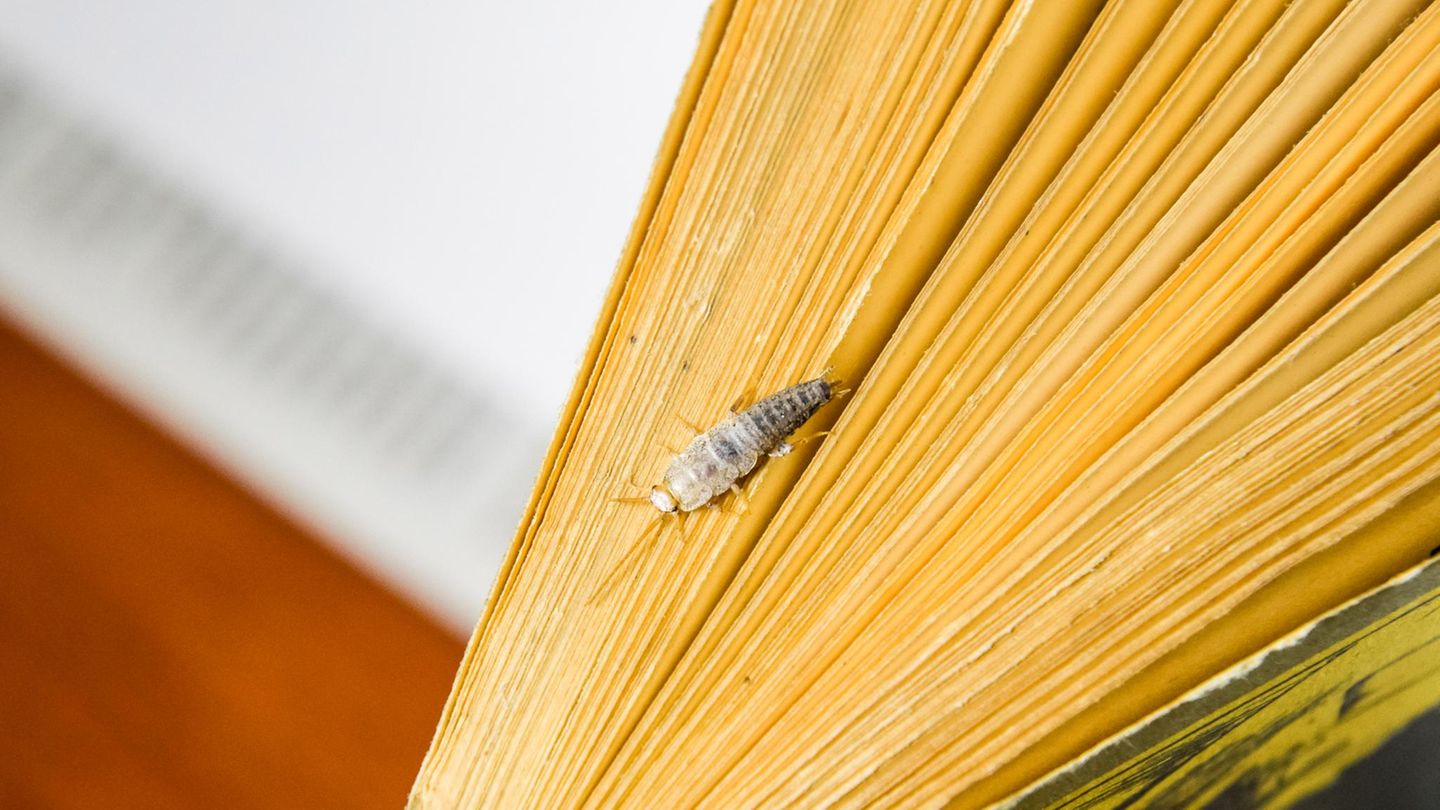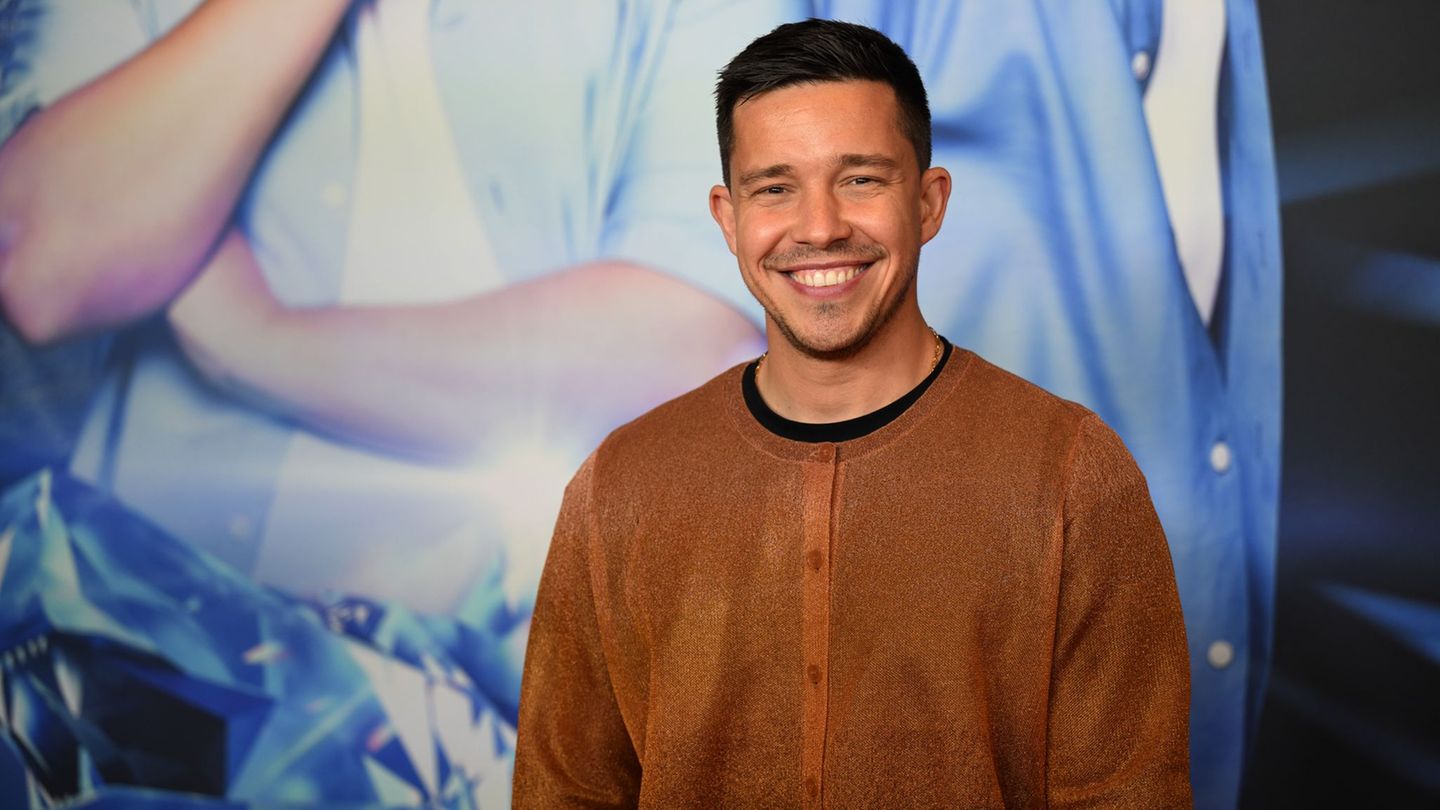I have been working in the news industry for over 6 years, first as a reporter and now as an editor. I have covered politics extensively, and my work has appeared in major newspapers and online news outlets around the world. In addition to my writing, I also contribute regularly to 24 Hours World.
Menu
G7 summit: G7 want to strengthen Ukraine in the long term with Russian money
Categories
Most Read
Middle East conflict: “Peace in the Middle East”? Gaza statement contains little concrete
October 14, 2025
No Comments
Gaza: The hostages are free – what happens now?
October 14, 2025
No Comments
Situation at a glance: Zelenskyj wants to negotiate with Trump about cruise missiles
October 14, 2025
No Comments
Situation at a glance: Macron warns of ongoing threat from Hamas
October 14, 2025
No Comments
Biden and Clinton praise Trump for ceasefire in Gaza
October 14, 2025
No Comments
Latest Posts

Fighting paper fish: What helps against the insects?
October 14, 2025
No Comments
Uninvited guests Fight paperfish – this is how you get rid of the light-shy animals Listen to article Copy the current link Add to wishlist

Duchess Meghan: She invited herself to the fashion show
October 14, 2025
No Comments
Lisa HarrisI am an author and journalist who has worked in the entertainment industry for over a decade. I currently work as a news editor

Album release: From “Rooftop” to rap: Nico Santos dares to make a musical change
October 14, 2025
No Comments
Lisa HarrisI am an author and journalist who has worked in the entertainment industry for over a decade. I currently work as a news editor
24 Hours Worlds is a comprehensive source of instant world current affairs, offering up-to-the-minute coverage of breaking news and events from around the globe. With a team of experienced journalists and experts on hand 24/7.

